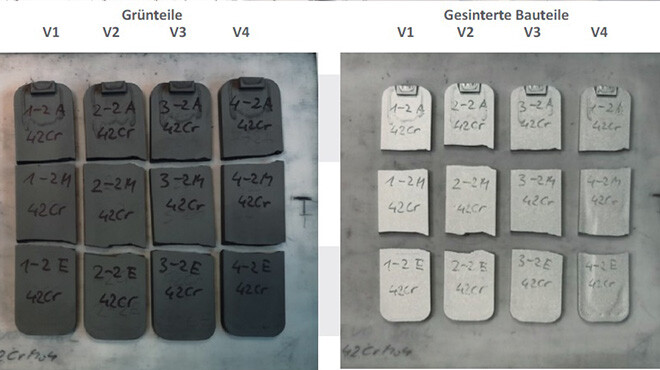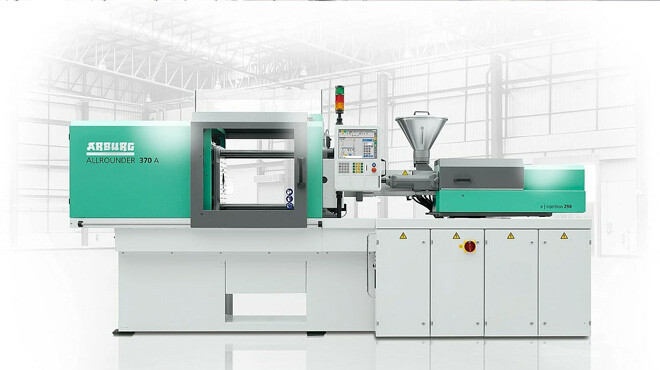Practical test for density measurement using the MIM method
What awaits you here: INTRODUCTION TEST SETUP AND IMPLEMENTATION RESULTS OF DENSITY MEASUREMENT OPTIMISATION OF PRODUCTION PARAMETERS CONCLUSION AND...
2 min read
Mathias Evers : 29.05.2024

At Formnext 2023, the focus was the presentation of Dimensionics Density's automated density platform, particularly with regard to non-destructive testing (NDT) in additive manufacturing. NDT plays a central role in quality assurance and structural integrity assessment of additively manufactured parts, especially in industries such as aerospace where safety and reliability are top priorities.

NDT is widely used in additive manufacturing (AM) to ensure efficient quality control and predictive maintenance without altering the properties and original condition of the material or component.
Due to the complex geometries and optimisation possibilities offered by AM, NDT is a significant challenge but also a necessity to guarantee the quality and safety of the manufactured components.
The Federal Institute for Materials Research and Testing (BAM) has developed special NDT methods to characterise internal structures and defects in the micro- and sub-micrometre range, which are specially adapted for additively manufactured materials and components.
These include high-resolution X-ray imaging methods such as micro-computed tomography (µCT) and synchrotron X-ray refraction tomography (SynRef-CT), which can reveal smaller defects that are below the spatial resolution of µ-CT. In addition, BAM uses techniques such as laboratory X-rays, synchrotron X-rays and neutron diffraction to study the influence of process parameters, geometries and heat treatments on the residual stress state in additively manufactured alloys.
The presentation of Dimensionics Density at Formnext emphasised the importance of NDT in additive manufacturing. By using the density platform, precise information on the volume, mass and density of a component can be obtained. In the additive sector, these parameters can be used to make statements about the consistency and homogeneity of the material used. In the AM sector, where materials are applied layer by layer, the density of an object can provide information about potential defects such as pores, cracks or uneven material distribution. These defects can have a significant impact on the mechanical properties and service life of the end product. Thanks to the high resolution of the system, even the smallest deviations and associated component defects can be detected. Advanced NDT technologies enable companies to guarantee the quality of their products while maintaining the properties of the starting material or component. This is particularly relevant as NDT helps to localise and investigate macroscopic inhomogeneities and mesoscale material distributions, which is critical to ensuring product integrity and safety.
Quelle: Additive Manufacturing Media by Peter Zelinski
The integration of NDT into the additive manufacturing process, as presented by Dimensionics Density at Formnext 2023, demonstrates the increasing importance of this technology. NDT provides an indispensable method of ensuring quality and reliability in modern manufacturing technology and is particularly important in industries where safety and reliability are paramount. The advanced NDT techniques of institutions such as BAM are a testament to the continuous development and improvement in this field.

What awaits you here: INTRODUCTION TEST SETUP AND IMPLEMENTATION RESULTS OF DENSITY MEASUREMENT OPTIMISATION OF PRODUCTION PARAMETERS CONCLUSION AND...

What awaits you here: INTRODUCTION THE IMPORTANCE OF DENSITY DISTRIBUTION IN THE MIM PROCESS ARCHIMEDEAN DENSITY MEASUREMENT: BASICS AND CHALLENGES ...

What awaits you here: INTRODUCTION MICROGRAPH COMPUTERTOMOGRAPHY (CT) AUTOMATED DENSITY DETERMINATION CONCLUSION Introduction In additive...